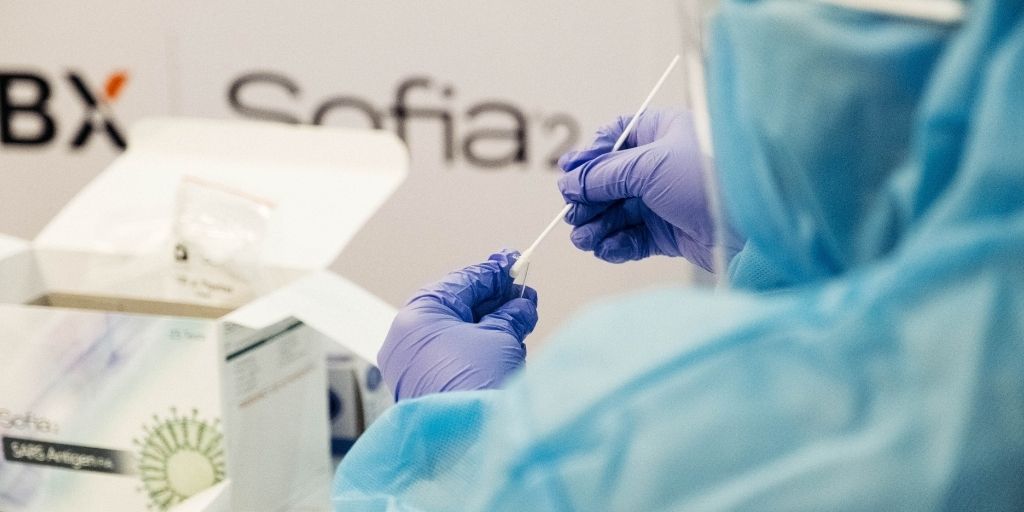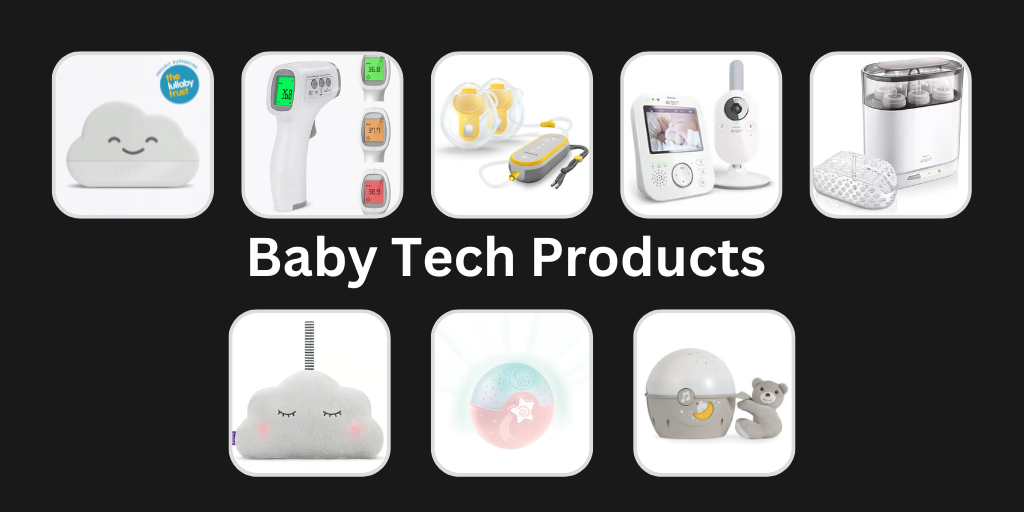
The UK market has continued to perform strongly, buoyed by increased demand for PPE and hygiene products due to Covid, although overall market performance differs dramatically by sector, due to the lockdown measures imposed on businesses in 2020/early 2021.
Given increased demand for many of the health and safety products due to the coronavirus pandemic, it is estimated that the non-domestic UK health and safety products market increased strongly by 8% in 2020. This reflected demand for PPE from multiple sectors (notably face shields and eye protection). Hygiene products and safety signage also soared, as companies were forced to adapt to new social distancing regulations and infection minimisation guidelines.
There have however been clear differences in sector performance. While many construction projects returned to site relatively quickly after the first lockdown period ended in May 2020, manufacturing, hospitality and non-essential retail premises ceased operations intermittently, with staff furloughed for long periods of time. Some companies are still experiencing a phased return to the workplace (as opposed to working from home) with hospitality gradually opening up.
Laura Pardoe, Product Manager at AMA Research comments “the events of 2020 have brought new perspective to the Health and Safety Products Market leading to significantly increased demand for PPE, hygiene products and safety signs. Meanwhile consumption, replacement, and refreshment of standard workplace items such as washroom towels, first aid kits and fire safety products has reduced in some end use sectors with less activity in communal spaces, especially offices and other workplaces.”
Brexit has also been a key topic of concern – the UK’s reliance upon imported materials, uncertainty over likely tariffs, and the transition to UK product safety marks have all been key areas of discussion. However, these concerns have almost taken a back seat to the pandemic. Nevertheless, the UK health and safety market continues to be influenced by legislative trends within the EU and is also subject to exchange rate fluctuations and potentially supply chain logistics issues.
As a result of Brexit, companies targeting the UK market, or exporting from it, have to ensure that their equipment is certified for use in the relevant country. This includes both UK and EU product certification, where relevant. There is potential for this to act as a further catalyst to enable the health and safety products market to grow, from 2021.
Coronavirus and Brexit are significant events which continue to shape the non-domestic health and safety products market. On the one hand, there is an opportunity for companies to accentuate their technical credentials, with both UK and EU product certification, ensuring that they clearly differentiate from an influx of uncertified and generic PPE products promoted during the pandemic; however, this may also result in increased costs for dual certification. On the other hand, it is anticipated that the market will continue to expand, underpinned by sustained demand for PPE, hygiene supplies and safety signage.









